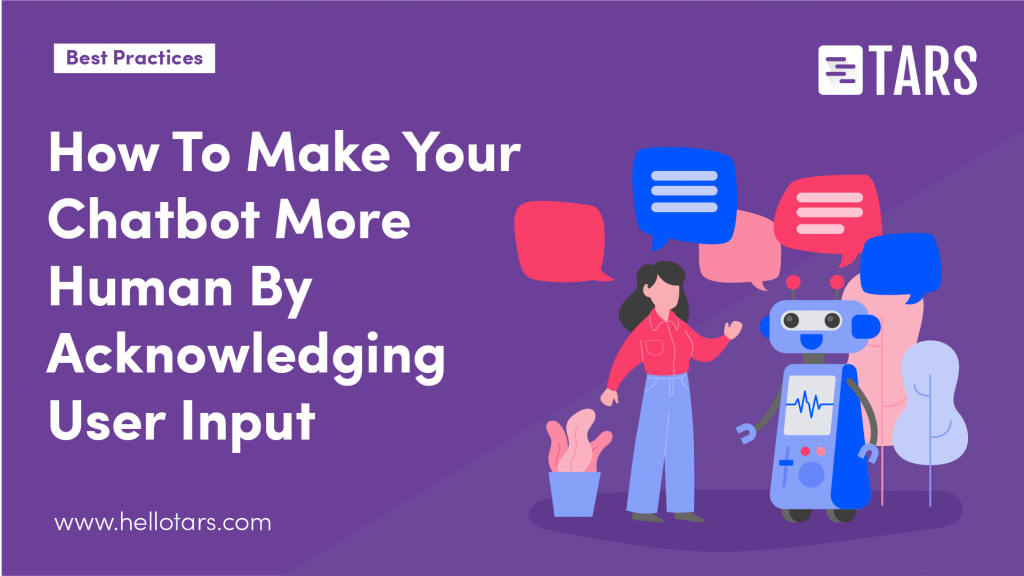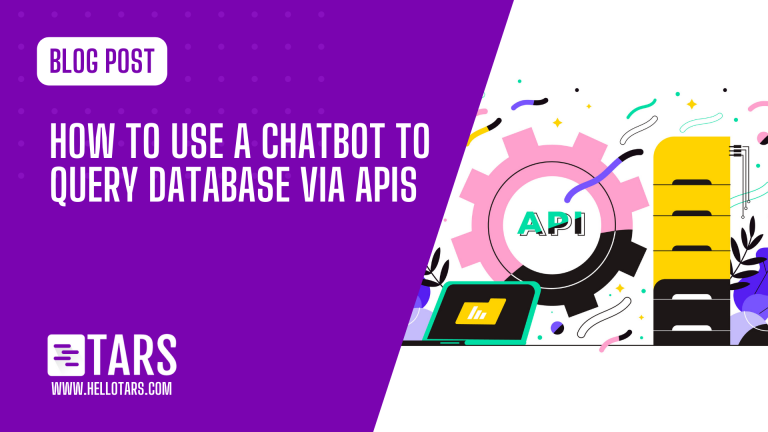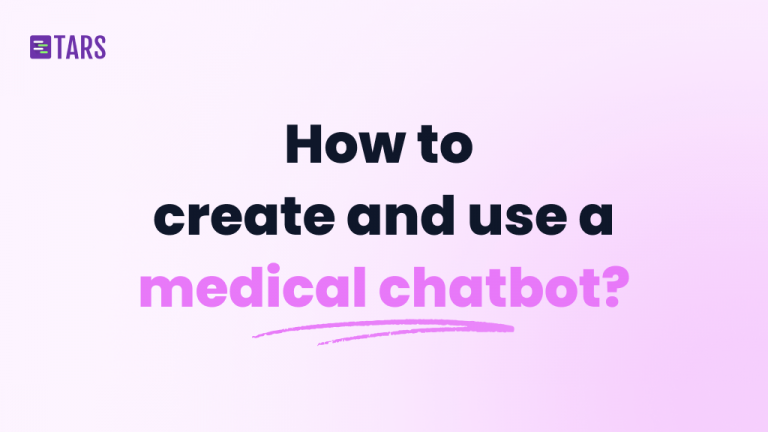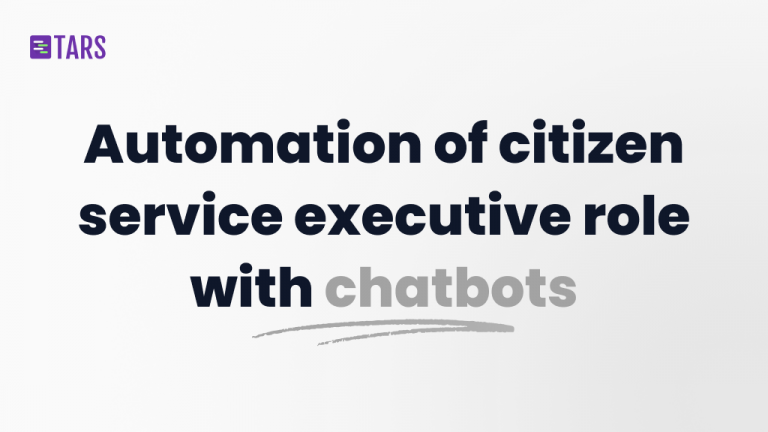How To Make Your Chatbot More Human By Acknowledging User Input

Building a chatbot requires a skill set that is unprecedented in the world of CRO🤔
Rather than focusing on mobile optimization, form fields, CTAs, and folds, you need to consider hooks, etiquette and message delays💬
In this series, we will discuss the best practices that you need to build a chatbot that converts👩🔬
In this edition, we will explore how acknowledging user input can help you create a more human lead generation experience👍
What is User Input Acknowledgement?
You know when someone texts you a funny joke and you respond with something like “haha”, or “lol”?
User Input acknowledgment is when you incorporate that same behavior in your chatbot.
For example, if a user just indicates that they want to start the lead gen process by hitting a button, you could say something like “Great! Let’s get started” before asking the first question
Why Is User Input Acknowledgement Important?
One of the main reasons that chatbots are more effective than traditional lead capture methods is that they feel more human.
Rather than filling out a mundane form to express interest in your product, customers feel like they are having a personal consultation with someone from your company when they talk to your chatbot.
That added touch of human interaction delivers a level of customer service that no form or landing page can compete with and the end result is that prospects are more likely to stay on the page till they convert.
Of course, to actually see this benefit in practice, you need to put in the effort to make your chatbot talk like a human being.
User input acknowledgment is one way of doing this.
By adding acknowledgment into your conversational flow, you are adding an idiosyncrasy of human behavior into your chatbot, and that makes the entire conversation feel more authentic.
Acknowledgement Best Practices
The best way to incorporate user input acknowledgment into your chatbot is to put yourself in its shoes and think about what you would say in its position.
If a prospect just told you their name or gave you their phone number, what would you say to them to acknowledge their input?
Unless you are an alien, asking yourself these sorts of questions while you are writing messaging copy will yield natural acknowledgment.
Once you’ve built a couple of chatbots, you’ll start to notice that there are trends in the way that you acknowledge input yourself and you can codify those trends into rules.
In my case, for example, I have created the following set of guidelines that you can adopt too:
Say nice to meet you after the user gives their name
The prospect’s name usually gets asked at the beginning of the lead generation flow, and I find that when I’m speaking to someone for the first time I usually say Nice to meet you when I first start talking to them
Prime users for what’s to come
It doesn’t take long for a continuous stream of questions to feel repetitive and tedious. To prevent this tediousness from translating into a low conversion rate, I always prime users for the next set of questions by telling them what I will ask them in the user acknowledgment.
Short Acknowledgements are better than no acknowledgments
If I’m ever in doubt about how to acknowledge user input, I find that Including something as simple as Ok, Alright or Great, before asking the next question is always better than not including anything at all.
Conclusion
To get the most out of your chatbot you need to ensure that it provides the most human lead generation experience possible. Acknowledging user input is one way of doing this. It’s a seemingly small detail to worry about, but when it’s not there, it can alert your prospects to the artificiality of your chatbot and undercut that all-important humanity factor that gives you a higher conversion rate.
Arnav is the Director of Content Marketing at Tars. He spends most days building bots, writing about conversational design and scrolling through Giphy’s trending section looking for the gifs that go into the Tars Newsletter.
Recommended Reading: Check Out Our Favorite Blog Posts!

How to Use a Chatbot to Query Database via APIs

How to create and use a medical chatbot for medical diagnosis, symptom checking and more: detailed guide

Automation of citizen service executive role and responsibilities with chatbots

Our journey in a few numbers
With Tars you can build Conversational AI Agents that truly understand your needs and create intelligent conversations.
years in the conversational AI space
global brands have worked with us
customer conversations automated
countries with deployed AI Agents




